Reviews for The Legend of Zelda: Tears of the Kingdom are finally here and they’re as glowing as you’d expect. A sequel to one of the most beloved games ever, it sounds like Nintendo’s biggest game of the year does everything it needs to and more, even if it can’t quite rekindle the magic of experiencing Breath of the Wild for the first time.
The Week In Games: Return To Hyrule
Monday 3:53PM
Out May 12 on Switch, Tears of the Kingdom may be the last major blockbuster for the handheld hybrid before a new console arrives, and some critics are calling it a fitting sendoff for the device. The initial consensus seems to be that the game expands and improves on Breath of the Wild in most ways thanks to its intricate new crafting mechanics and sprawling map that takes Link from deep underground to high in the clouds. Even if it’s fundamentally a continuation of the previous game, it still feels enough like a new one. And there are dungeons this time around.
IGN, GameSpot, Destructoid, and a host of other gaming sites have given the game perfect scores. For others, Tears of the Kingdom fell just slightly short. Eurogamer went to great trouble to bring back review scores for the occasion and gave it four stars out of five. Some of the main criticism seems to be focused on the game’s complex controls, which were still tripping some reviewers up late into the game. The expanded voice acting also seems to be divisive, with GamesRadar saying it felt too detached from the overall drama and world in some cases. Tears of the Kingdom currently has a Metacritic score of 97, just the same as Breath of the Wild.
And what about performance? The Switch is over six years old now and has struggled with recent open world games like Pokémon Scarlet and Violet and Xenoblade Chronicles 3. So far, it sounds like Tears of the Kingdom looks and plays very well most of the time and only suffers from framerate drops or other slowdowns during moments when tons of enemies or effects are on screen at once. Apparently it doesn’t run too much worse in handheld mode either, which is a relief to hear.
Kotaku’s own hands-on impressions and coverage will begin as soon as the game launches at midnight. Until then, here’s what everyone else is saying about Tears of the Kingdom so far.
With The Legend of Zelda: Tears of the Kingdom, Nintendo has receded even further into the background. Director Hidemaro Fujibayashi, producer Eiji Aonuma, and their team have crafted a layered world in which self-driven experimentation is paramount in traversal, combat, and discovery. If we interacted with Breath of the Wild on a micro level (scaling cliff sides, setting fire to the brush outside an enemy camp, collecting arrows that were embedded in our shield, to name a few examples), Tears of the Kingdom goes even deeper; after nearly 70 hours, I feel as if I can control its very molecules.
The Legend of Zelda: Tears of the Kingdom is an unfathomable follow-up to one of the greatest games ever made, somehow improving upon it in nearly every way – be that with simple quality-of-life improvements, a genuinely exciting story, or wildly creative new building mechanics that make you rethink what is possible. It both revamps old ground and introduces vast new areas so immense it somehow makes me wonder if Breath of the Wild was actually all that big, with an almost alarming number of tasks to complete, mysteries to discover, and delightful distractions to keep you from ever reaching that place you naively thought you were headed. Nintendo has followed up a triumph with a triumph, expanding and evolving a world that already felt full beyond expectation and raising the bar ever higher into the clouds.
These tools, and the sprawling world they inhabit, give Tears of the Kingdom a particular flow that feels unique to the Zelda franchise. You aren’t simply solving puzzles or fighting battles—you’re engineering solutions. You might encounter a gap you can’t cross, a fight you can’t win, or a puzzle you can’t solve. But you know you have the tools, and you know where you can find the materials, and all that’s left is to think it through, gather what you need, and put your plan into action. If that plan fails—and sometimes it will—you tweak your design or your plan and you try again. Despite the incredible freedom, it’s not overwhelming. While creative solutions are encouraged and might make some challenges much easier, you can certainly make it through the story using simpler designs. It rewards you for flexing your creative muscles, but it meets you where you are.
I feel as if I will never finish this game. Every time I think I’ve got a handle on it, it reveals a new expanse. I haven’t even mentioned the depths, the particularly dangerous pitch-black underground world that exists below Hyrule. (Man, I do not like it down there.) I am walking around looking at all the clutter in my house and imagining ways that I could fuse it together. I invite my kids on to the sofa with me to watch Link’s adventures, and we all scream as I’m pursued by a terrifyingly fast gloop-monster made of grasping hands. In an airport recently, surrounded by bored people staring at their phones, I was so absorbed in a labyrinth I’d found at the edge of the map that I nearly missed my boarding call.
The bottom line: Tears’ scale, complexity and references to its predecessor may be intimidating to some players, but it stands apart as a stunning adventure full of surprises. Some of those are placed by the developers but many will be concocted by the players themselves as they push the game’s elaborate new toolset to the limit.
This is a beautiful looking game. Its draw distances are some of the farthest of any open world game you will play. In an instant you’re able to shoot high up in the sky to survey a massive stretch of the world beneath you, able to clearly identify so many landmarks from a tremendous distance. There are no loading screens at any point (except when booting up cutscenes) and you will not believe this, but it is true: the total install size for this video game is 16GB. 16GB is the size of a save file for most AAA games these days. Nintendo got this extraordinary game running on a 10-year-old chipset, on hardware thinner than a small stack of beer coasters, in a device I can fit in my back pocket, and it only takes up 16GB of hard drive space? Tears of the Kingdom is a technological miracle, and that is the story that deserves to be told far more than the occasional frame drop. It is clear that this is the Nintendo Switch’s swan song, and this is going to be one hell of a way for this beloved handheld to go out.
None of these things are bad, nor do they diminish how enjoyable Tears is. It just seems like Nintendo wants you to feel what you felt in 2017 and keeps pointing at moments throughout the game like a friend trying to impress you with something you don’t have the heart to reveal that you’ve seen before.
When the first gameplay showcase for Tears was released, I wrote that the game, because of its sheer depth, was going to ruin lives. I still feel confident in that assessment, so clear your social calendars. But if you’re like me and were hoping for this game to, like Breath of the Wild, inspire a sorely needed feeling of wonder in our increasingly grim world, then the kingdom won’t be the only one shedding tears.
On a very fundamental level, Zelda: Tears of the Kingdom is mechanically and experientially pretty similar to Breath of the Wild. That’s not a flaw – it’s definitely different enough to be its own beast – but it means that a lot of your understanding of what this game is can be inferred by knowing its lineage. You explore the wider world of Hyrule, using weapons held together with classroom paste along with a selection of systems-twisting superpowers, indulging in Shrines, side quests, exploration, and more until you feel well-equipped enough to handle the main threats. With those similarities established, let’s talk about how things are different.
Me? I loved nearly every minute of Tears of the Kingdom. From zooming up into the sky to spelunking in the depths, there’s way more to explore here, and I feel like I haven’t even scratched the surface outside of the main story and some key sidequests. But the real kicker that helps separate Tears from Breath of the Wild is its big swing power set. I felt like I was in control at all times, and had the ability to create my own path. For a series known for sequence-breaking that’s not just a perk; it’s a strong argument for why Tears of the Kingdom will be talked about for years on end, and may even top some favorite Zelda lists.
That approachability concern isn’t exclusive to the controls. While its systems are all intuitive, Tears of the Kingdom is a creatively demanding game that puts a lot of responsibility on the player. If you’re not the kind of person who can think outside the box, you might find yourself stuck on some tricky puzzles and quests hidden behind obtuse riddles. Some of that is alleviated by a handy Autobuild feature, which gives players some basic vehicle recipes that can be crafted on the fly. Still, a puzzle fan mindset is much more of a necessity this time around.
This is the fullest Zelda story to date, as it answers almost every nagging mystery from the last game. Who were the ancient race of Zonai? Which version of the series villain Ganondorf is threatening the land now? How does any of this fit into the convoluted timeline of the last 19 Zelda games? The answers may not be what you expect, but they’re all here.
Ultimately, the lore isn’t the main attraction, and isn’t the reason the Zelda series has endured for almost half a century. What’s more compelling is the game’s nod to the collective story of how human imagination pushes us through our toughest challenges, and sometimes sends us soaring to heights unseen.

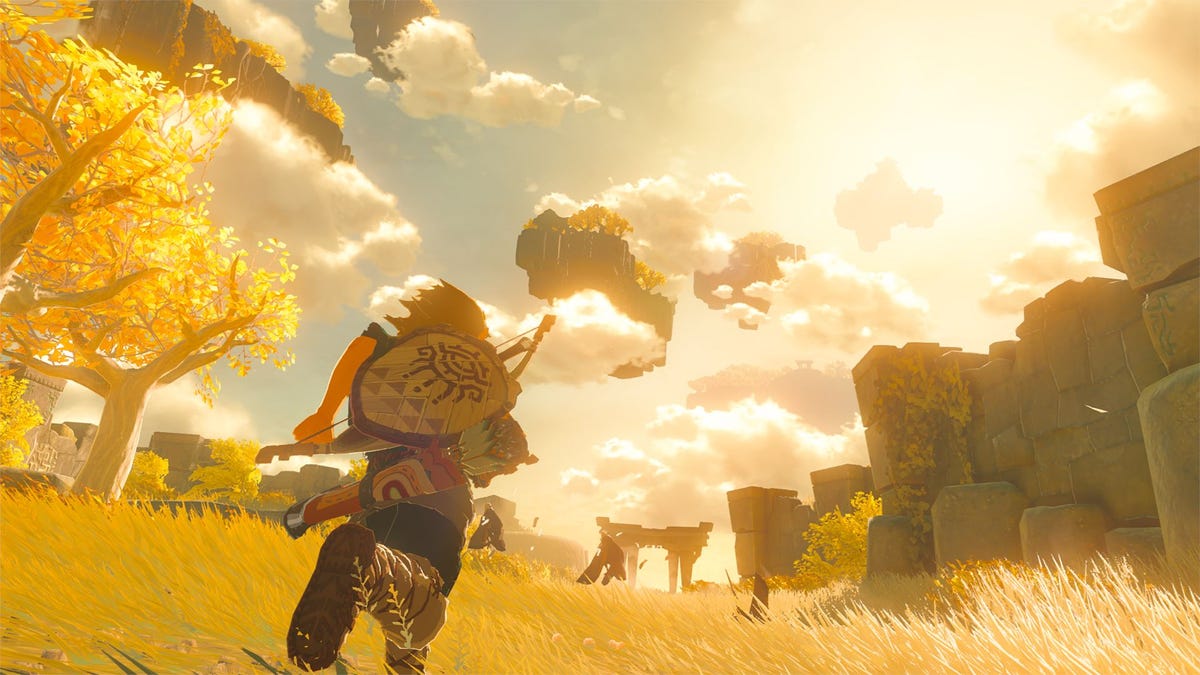

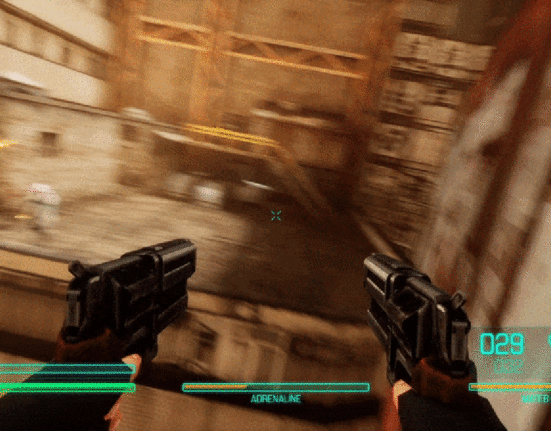
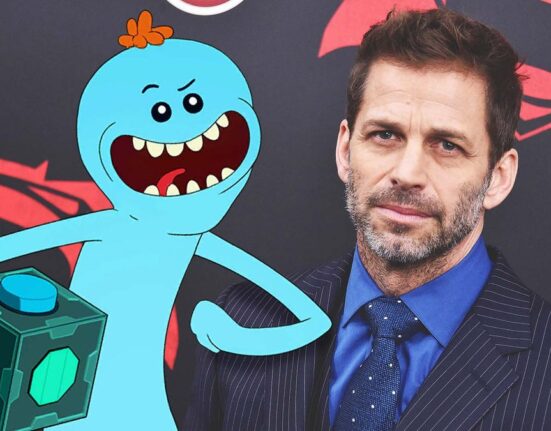
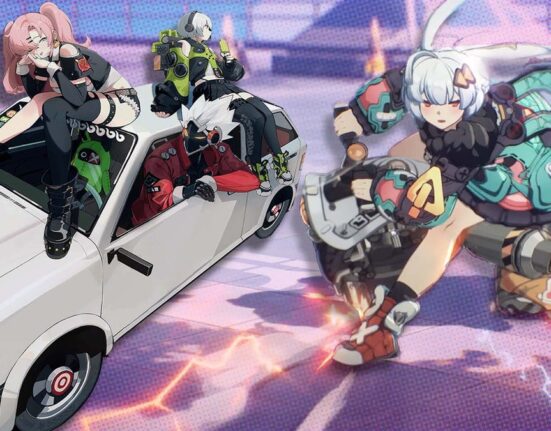
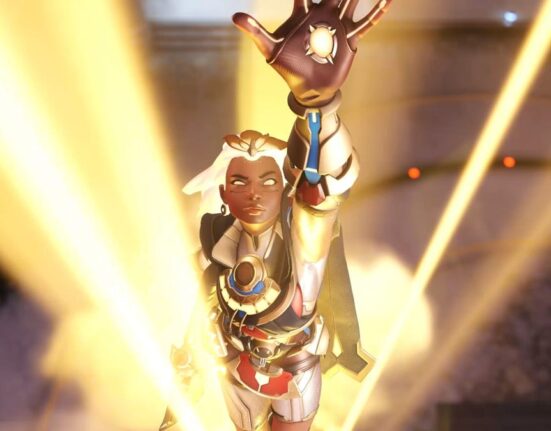
Leave feedback about this